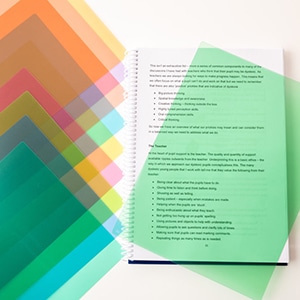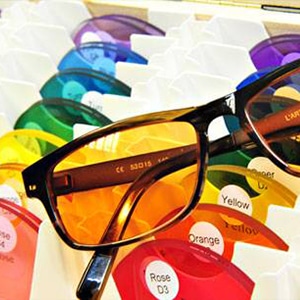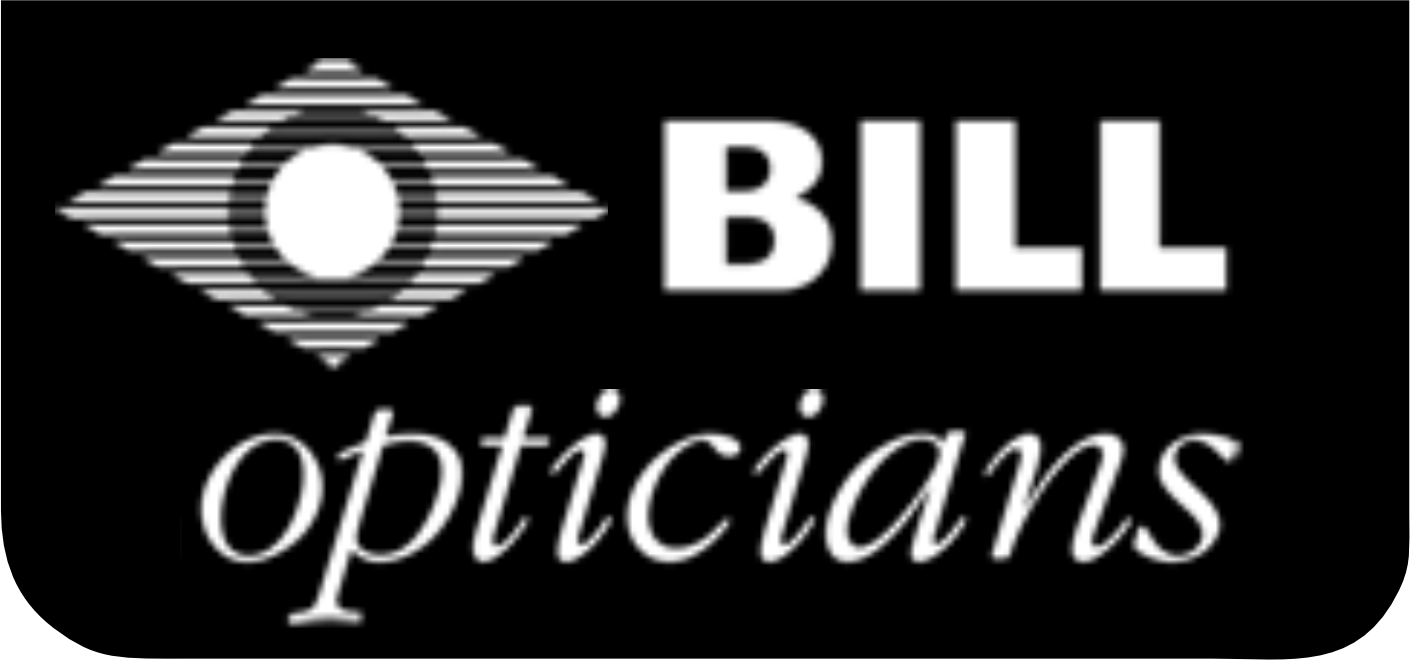Colorimetry
FREE - Contact lens trial
Conditions apply - apply in store for more details.
Colorimetry
Colorimetry Assessment
Bill Opticians are colorimetry assessment specialists. Colorimetry is a technique that uses specific colours to help with children’s and adult’s reading difficulties, including dyslexia.
It appears to benefit approximately 40% of dyslexic sufferers. The coloured filters appear to be very specific to each individual and there are more than 2500 individual colour combinations that can be prescribed.
The colorimetry clinic is held one Saturday per month at the Newton Abbot practice with our specialist Hannah Stewart. The appointment would consist of a full orthoptic check (making sure the right and left eye muscles are well balanced and capable of tracking words on a page) and then a Colorimetry assessment would look at helping any reading problems with the coloured filters. If it is found that this does help then the prescribed colour can be put into a pair of spectacles. If it is not so clear whether the filters would help solve the reading issues then coloured overlays would be used on a temporary basis to continue the assessment.
Unfortunately, there is no NHS funding for Colorimetry so you would need to pay privately.
Colorimetry Assessment Cost:
| Full Initial Assessment – 45mins | £100 |
| Follow Up appointments – 45mins | £100 |
| Coloured Overlays | From £2 per sheet |
| Spectacles complete with Colorimetry tint | £100 |
| Written Report | £30 |
Contact us for more information.
Understanding Visual Stress
Visual stress is a distinct perception disorder that should not be confused with learning difficulties like dyslexia. It is important to recognise that, although there may be some shared symptoms, the treatment approaches for these conditions are significantly different.
While visual stress can coexist with dyslexia, it can also be present alongside other neurological conditions such as MS, ME, epilepsy, and migraine. Researchers are actively investigating these associations to gain a deeper understanding of the subject. It is crucial to distinguish visual stress from dyslexia, as they are not inherently connected.
An individual may experience either condition independently or even together. To address visual stress, overlays or tinted glasses are commonly used, while dyslexia requires diverse educational techniques such as multisensory learning. Our intention is to present this information in a realistic manner, aiming to provide a clearer understanding of visual stress and its differentiation from dyslexia.

What are coloured overlays?
Coloured overlays are created using carefully crafted rectangular sheets of translucent plastic, boasting a stunning array of vibrant hues.
These overlays are specifically designed to be placed delicately on top of pages in books or other written materials.
With a wide-ranging collection of colours to choose from, one can even experiment by layering two overlays together, thereby creating a mesmerising interplay of intensified and enriched chromatic effects.
How do you use coloured overlays?
Carefully place the overlay on top of the text you are currently reading. Ensure that the overlay rests perfectly upon the page and get rid of any pesky air pockets. Exercise caution to avoid creasing, wrinkling, or defacing the overlay, as these activities may damage the coloured overlay and make it hard to read through.
What are the benefits of coloured overlays?
Using the appropriate colour overlay that caters to your specific visual requirements can effectively alleviate the symptoms associated with visual stress. Consequently, this enables you to enhance both the speed and duration of your reading. To put it simply, visual overlays can be likened to a soothing embrace for the eyes, effectively reducing the strain and tension experienced while engaging in reading activities.

What are the benefits of coloured glasses?
Did you know that coloured overlays are specifically designed to enhance reading? However, there’s an additional advantage that many people overlook – glasses.
These glasses not only improve your vision while reading, but they also have the power to reduce glare from fluorescent lighting and whiteboards. Imagine how useful they can be when working on a PC monitor, tablet, or even while shopping at a supermarket, trying to read product labels. The possibilities are truly endless!
If you’re considering investing in tinted glasses, it is highly recommended, especially for children, to try out coloured overlays first. Take a few months to assess the true benefits they offer and determine if tinted glasses are the right choice for you. It’s always wise to explore all options and find the best solution that suits your individual needs.
